Embracing the benefits of indoor cultivation.
Good morning to all hive friends.
How are you It is our good habit to grow food at home and it will help us to add more healthy and safe food and save some money. And accountability is part of our tradition. Even in a small amount of space, we can provide food to suit our needs. The plants we grow are not only ornamental but also edible crops. Among the many crops that can be grown in a garden are pepper, turmeric, pineapple, passion fruit, cassava, banana, taro, Today I am sharing with you about ginger and centella asiatica. About each of these plants and
Let's find out how they can enrich your life.
First, I would like to share with you my experience with cassava cultivation. Cassava, a starchy root vegetable, serves as a staple food in many parts of the world. It is rich in carbohydrates and contains essential nutrients, making it an important plant. One of the unique qualities of cassava is its resilience to drought, allowing it to grow even in areas with low water quality. Cultivating cassava is quite simple. By planting the stalks in the ground, you can harvest the crop in three to eight months without the need for additional fertilizers.

Another plant I've taken great care of is passion fruit, a delightful addition to any garden. Passion fruit is rich in vitamins A and C, fiber, and antioxidants, making it a healthy and refreshing choice. It’s often used in beverages, and here in our country, it's even added to dishes like lapati green sambal. To ensure it grows quickly, passion fruit should be planted in a sunny spot. Adding organic fertilizers can also boost its growth. This plant easily climbs trellises or fences, making it a versatile and attractive part of any garden.
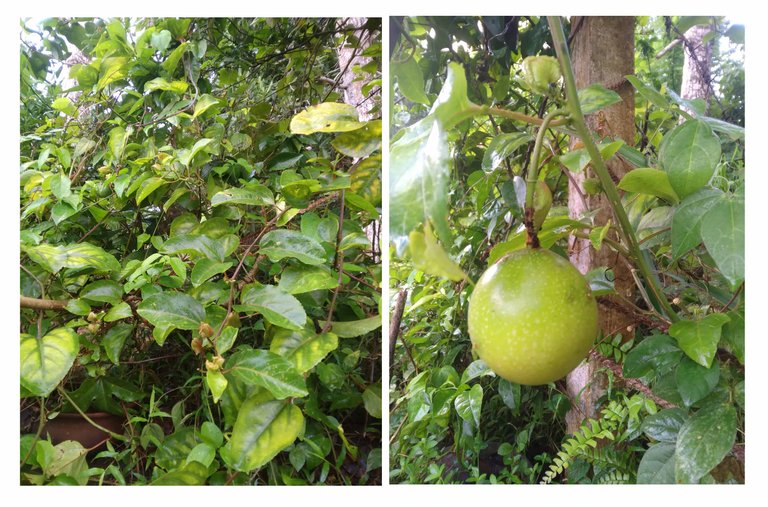
This is one of the most important plants I grow. It is a close cousin of ginger, the turmeric plant that has culinary and medicinal properties. I don't buy this from the market. Because it can be cultivated in a small amount of land as needed for the whole year. Bright yellow color, aroma is found here in tubers. A spice commonly used in traditional Asian cooking. Growing turmeric at home is a rewarding experience. If this is cultivated in a sandy soil, a large harvest can be obtained. This also does not require special fertilizers
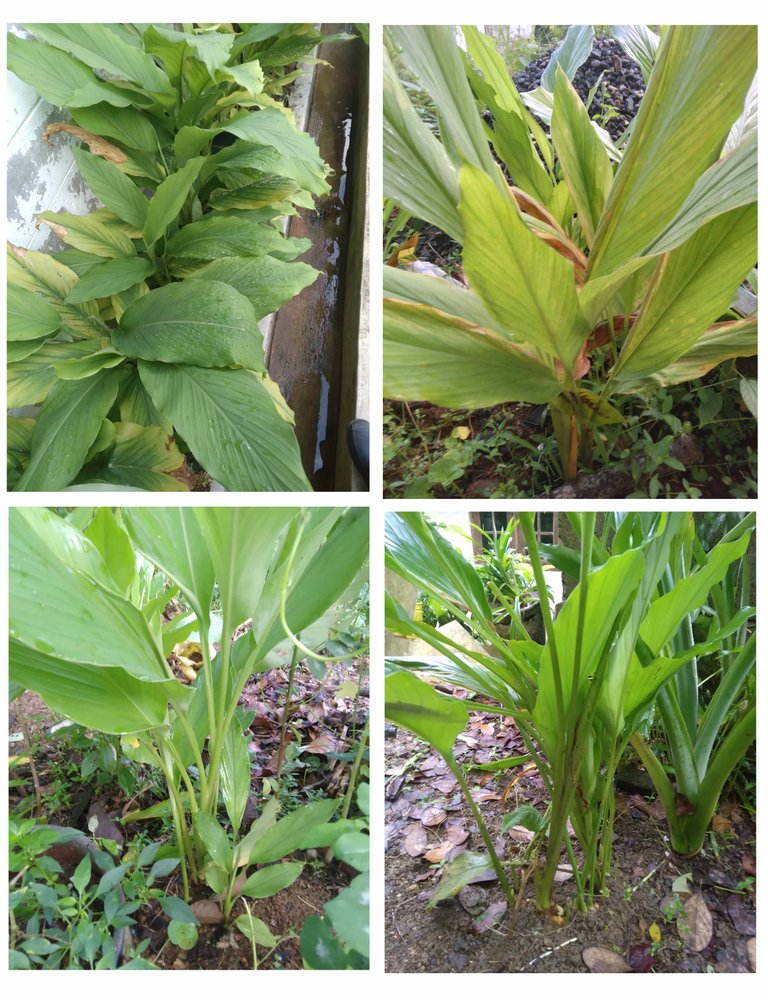
In fact, I recently planted the newest crop of bananas. Banana is a fruit that needs no introduction. Growing this provides an organic, pesticide-free alternative to store-bought varieties. The banana plant needs plenty of sunlight and water, but once established, maintenance is relatively low.
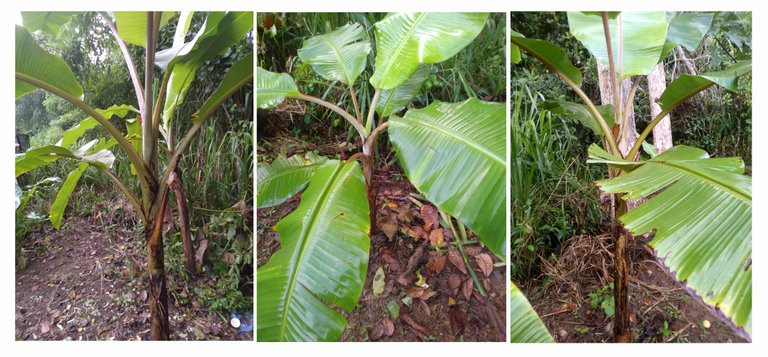
I have cultivated pepper for about 10 months now. A plant that takes some time to bear fruit. Pepper, often referred to as the "King of Spices" is a kitchen essential. Apart from its culinary uses, pepper is also famous for its medicinal properties. You can get a lot of income. Its branches or seeds can be added to the cultivation. It needs sunlight. It also grows well in watery soil. Adding organic fertilizers is preferable.
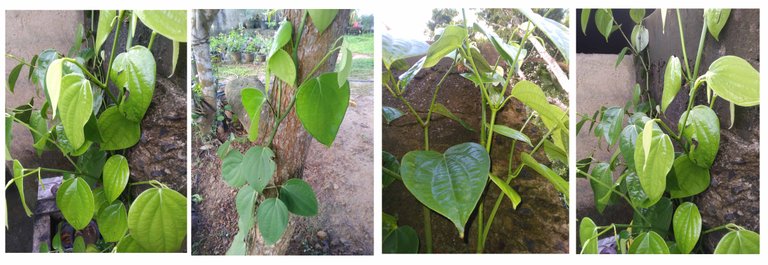
And as a crop I've tried taro, another root vegetable with a long history in cooking. It grows well in black soil. It does not require much care. It also contains a large amount of nutrients. When grown at home, it is easy to prepare delicious traditional dishes.
Ginger is also cultivated in small quantities and is not only a tasty addition to food but also a powerful medicinal herb. It can grow well in soil mixed with sand. Sufficient for my needs.
Also, Centella asiatica is cultivated in small quantities and does not require a large area. it
If you call it a herb, it is a cure. It is also an ancient herb used in traditional medicine. Grows well in shady areas and can be harvested for fresh use, dried for salads or tea.
Pineapple cultivation has also been cultivated a little and I have obtained a good harvest from the crops that I have cultivated so far. It is easy to care for and needs good sunlight. There is no need to pay much attention to this.
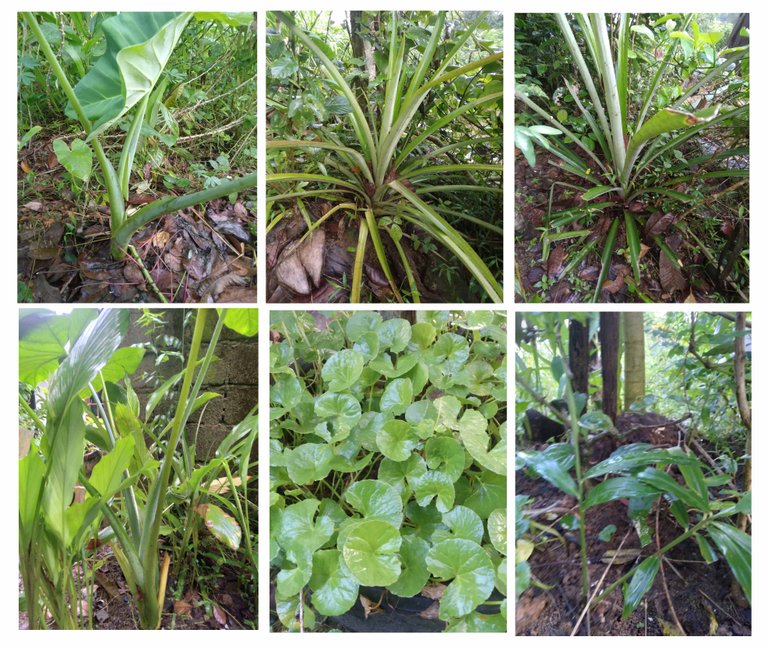
Also, several chili plants have been grown in pots. Because that's what we need. If you use compost fertilizer for that, you can get very quick results. It is not good for us to leave it in strong sunlight. Some plants had harvest.

In conclusion, growing these plants at home offers numerous benefits, from enhancing your diet to providing a sense of mental satisfaction. By incorporating organic fertilizers into banana cultivation and other homegrown plants, you take charge of your health and well-being. Whether you're passionate about culinary experimentation or exploring the world of herbs, your garden can become a source of both inspiration and nourishment. I look forward to sharing another enriching experience with you soon.
Thank you reading
Have A nice day.
Best Regards,
Samadi Madushanki .
A lot of plants are there. You take good care of them. That's why, we see this result. Nice work! Keep it up!
Lots of wonderful medicinal plants - thanks for sharing.
We support gardening, homesteading, cannabis growers, permaculture and other garden related content. Delegations to the curation account, @gardenhive, are welcome! Keep an eye out for our weekly writing prompts and our monthly #gardenjournal challenge on the 1st of each month.